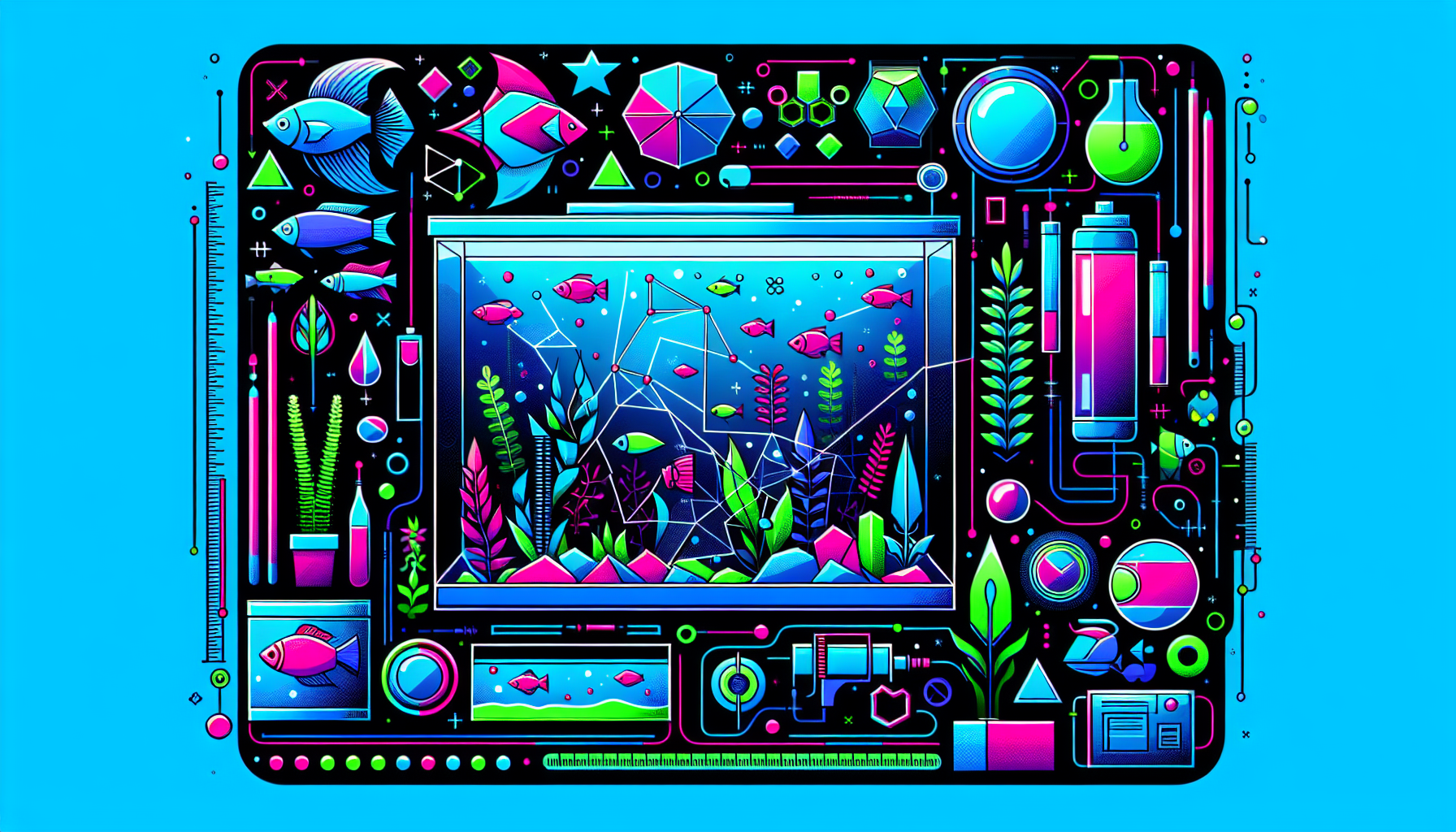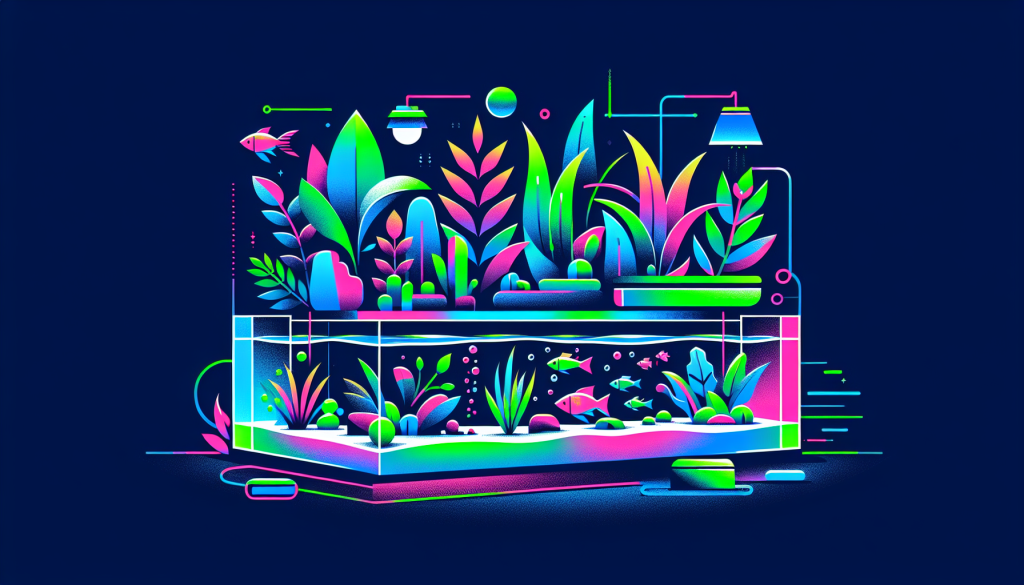The Complete Beginner’s Guide to Aquascaping: Tips, Ideas & Essentials
Thinking about transforming your aquarium into a mesmerizing underwater garden? Aquascaping is both an art and science—a fulfilling hobby where you design beautiful aquatic landscapes inside your tank. This comprehensive guide for beginners covers aquascaping essentials, step-by-step setup instructions, creative layout ideas, and plenty of expert tips to help you craft your own living masterpiece.
What is Aquascaping?
Aquascaping is the craft of arranging aquatic plants, rocks, driftwood, and other natural elements inside an aquarium. The goal? To create a thriving underwater scene that is both visually appealing and healthy for aquatic life. Whether you love lush green jungles or minimalist rock arrangements, aquascaping lets you express your creativity while caring for fish, shrimp, and plants.
Essential Equipment and Tools for Aquascaping
Before you begin, it’s important to gather the right tools and supplies. Here’s a basic list for your first planted aquarium:
- Aquarium tank: Start with a 10-20 gallon tank for beginners.
- Filtration system: Ensures clean, healthy water.
- Lighting: Supports plant growth—look for full-spectrum LED lights.
- Heater (if keeping tropical species)
- CO2 system (optional for high-tech tanks)
- Aquascaping substrate: Nutrient-rich soils or gravel for plant roots.
- Aquatic plants: Easy species like Anubias, Java Fern, and Amazon Sword.
- Hardscape materials: Rocks (like Seiryu stone) and driftwood for structure.
- Aquascaping tools: Tongs, scissors, tweezers for precise planting.
For a more detailed equipment guide, check out our article on Essential Aquascaping Tools for Beginners.
Step-by-Step Aquascaping Setup Guide
1. Plan Your Aquascape Layout
Before starting, decide if you want a lush jungle aquarium, an Iwagumi stone arrangement, or a classic Dutch-style plant tank. Sketch your ideas or get inspiration from our Aquascaping Styles Guide.
2. Prepare Your Aquarium
- Rinse your tank, substrate, and hardscape materials with water (no soap!)
- Arrange the substrate to create slopes, depth, or focal points.
- Place your rocks and driftwood first, following the golden ratio principle for visual balance.
3. Plant Selection and Planting Techniques
- Choose easy aquatic plants like Cryptocoryne, Anubias nana, or Vallisneria.
- Use aquascaping tweezers for delicate planting—tall plants in the back, medium in the middle, carpeting plants at the front.
- Mist plants with water during setup to prevent drying out.
4. Fill and Cycle the Aquarium
- Slowly fill the tank with dechlorinated water to avoid disturbing your layout.
- Start your filter and heater; add beneficial bacteria to kickstart the nitrogen cycle.
- Wait 2-4 weeks before adding fish or shrimp, keeping lights on 6-8 hours/day to avoid algae blooms.
Aquascaping Ideas & Inspiration
Not sure where to start? Here are a few beginner-friendly aquascape layouts:
- Iwagumi: Minimalist rock formations, often using odd-numbered stones for natural flow.
- Nature Aquarium: Lush greenery, driftwood, and a balance between open space and dense plant areas.
- Jungle Style: Wild, lush, and untamed—perfect for letting plants grow freely.
- Dutch Style: Colorful, neatly trimmed plants arranged in layers for a garden-like feel.
Explore more layout ideas on our Inspiring Aquascape Layouts page.
Common Mistakes to Avoid as a Beginner
- Using too many decorations—less is often more for aquascaping balance.
- Neglecting regular maintenance (trimming, water changes, cleaning glass).
- Choosing fast-growing plants without being ready to trim and control them.
- Adding too many fish before the aquarium cycle is complete.
- Ignoring the importance of light duration and intensity—this can encourage algae growth.
For more troubleshooting tips, see our guide to Solving Common Aquascaping Problems.
Maintenance Tips for a Thriving Planted Aquarium
- Change 20-30% of the water weekly to keep parameters stable.
- Trim plants regularly to maintain your desired shape and prevent overgrowth.
- Clean algae from glass and decorations as needed.
- Dose liquid fertilizers and monitor CO2 for healthy plant growth.
Discover our Aquascape Maintenance Checklist for more details.
Frequently Asked Questions (FAQs)
How much does aquascaping cost for beginners?
A basic setup can be as affordable as $100-$300, depending on tank size and choice of equipment.
What are the best plants for a beginner aquascaper?
Start with hardy species like Java Fern, Anubias, Crytocoryne, and Amazon Sword.
Do I need CO2 injection in my planted aquarium?
It helps with advanced tanks and demanding plants but isn’t required for low-light, easy setups.
Start Your Aquascaping Journey Today!
Ready to create your own underwater paradise? Start by choosing a style, gathering your materials, and letting your imagination run wild. Bookmark Aquascaping Academy for more beginner guides, plant care tips, and expert layouts. Share your progress in the comments—join our community and turn your aquarium into a living work of art!



